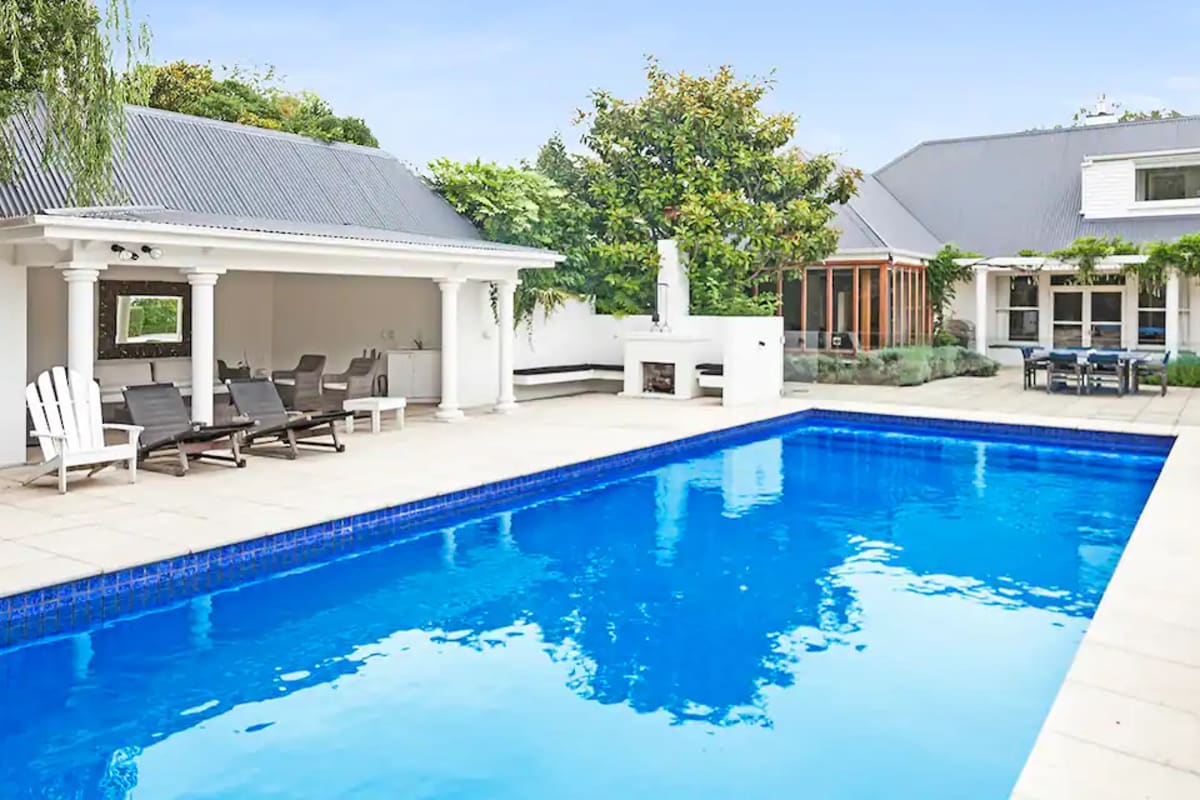Councils must zone Airbnbs to avoid conflicts between locals and tourists
Infrastructure
Since apartment-type properties are more compatible with Airbnb in high-density areas, designated zoning for Airbnb could provide a city with more flexibility to provide tourist accommodation and avoid creating serious urban conflicts.
Opinion: The global rise of home-sharing platforms such as Airbnb has driven the process of “touristification” in major tourist cities.
Touristification is a term used to describe gentrification or tourism-induced development, which leads to the unplanned transformation of a community into a tourist product, with residents often forced to relocate as rents rise.
Many well-known tourist destinations around the world are experiencing touristification: Paris, Berlin, California, Hong Kong, Rio de Janeiro and Venice are notable cases.
In a few of these places, before the pandemic, there were protests against tourists, some of which involved low levels of threat and a few extreme cases of violence.
Airbnb and similar platforms have contributed to touristification by creating a new tourism demand niche that allows customers to book flexible accommodation in urban areas as an option to hotels.
These platforms, and in particular the ubiquitous Airbnb, have unlocked the untapped revenue potential of all residential properties which, in terms of gentrification and displacement, has the potential to greatly exceed the neighborhood effects of traditional forms of accommodation. hotelier.
Most previous studies of Airbnb-induced touristification have primarily viewed the phenomenon from a good or bad perspective. However, this perspective is far from sufficient to measure the true impacts of tourism in the transformation of urban neighborhoods.
Such a one-sided perspective leaves many questions unanswered about how tourism policies work.
Our study, Cheung & Yiu (2022) in Tourism Management, published with Associate Professor Edward Yiu, offers a fresh perspective on Airbnb’s impacts on the urban housing market versus the neighborhoods people want to live in. We use a tourism-driven rent gap model to argue that the process of touristification can have both positive and negative external effects on a neighborhood revealed by different magnitudes and directions of rent gaps.
When a large influx of tourists to a neighborhood leads to a reorientation of services, facilities and businesses towards the preferences of tourists rather than local residents, these neighborhood changes can increase or decrease their economic value – that is, say their desire to live in and how much it costs to live there.
Residential property rents, which may include premiums or discounts, imply the revealed preference of residents in their choice of residential location, after taking into account all the factors involved.
Such change can be positive if the process of touristification increases neighborhood attractiveness, attracts better amenities, and capitalizes on community assets and aspirations, creating a neighborhood that promotes people’s territorial identity. In economic terms, this indirect benefit to an uninvolved third party (in this case local residents) is known as the net positive externality.
But on the other hand, if tourists become a source of irritation for local residents, the process may result in a net negative externality (the indirect cost to an uninvolved third party). In this case, local residents will vote with their feet and move elsewhere, causing their displacement and hindering new placemaking developments.
Alongside a series of research projects on the topic of “touristification”, our study uses over 22,000 Airbnb listings and 200,000 residential rental listings in Melbourne, Australia, to provide new evidence on how touristification creates a positive tourism-induced rent gap in low-density neighborhoods and a negative conflict-induced rent gap in low-density neighborhoods.
A rent gap is a commonly used measure to assess a process of touristification in urban science. The concept refers to the difference between the rent actually paid and what could possibly be charged if the land had a “higher” alternative use.
We provide an evidence-based result that can guide ongoing tourism policies in the management and regulation of short-term rental accommodation by property type or neighborhood in many cities around the world.
What does this mean for tourism management?
Tourism is a leading industry in many cities around the world, creating jobs and improving the financial well-being of destinations.
However, the process of touristification catalyzed by home-sharing platforms has created divisions between local residents and visitors, leaving governments around the world to decide how to regulate Airbnb-like accommodations.
Christchurch City Council recently introduced rules governing Airbnb-style accommodation, which means landlords must now obtain consent from resources to let properties as non-hosted visitor accommodation in residential areas.
The council may consider impacts on neighbours, including noise and traffic patterns, before deciding whether to grant or withhold consent, although such a “one-size-fits-all” bed tax would be the best way to govern the Airbnb market?
In other tourist towns, banning Airbnb is being considered, but this limits the industry’s flexibility to meet high tourist demand for accommodations during peak season. Such bans also entail excessive enforcement costs to implement these regulations.
Instead, as our study demonstrates that the effects of Airbnb listings in an area dominated by apartments are very different from those where houses dominate, we propose a policy agenda to regulate short-term rental accommodation by compatibility levels of piece.
Since apartment-type properties are more compatible with Airbnb in high-density areas, designated zoning for Airbnb could provide a city with more flexibility to provide tourist accommodation and avoid creating serious urban conflicts in areas with high density. low density.
By simply identifying properties and neighborhoods compatible with Airbnb, tourist cities around the world have a tool for strategic tourism development and management, and the means to avoid the negative effects of touristification on their communities.
Details of the article referenced in the opinion piece are as follows: Cheung, KS and Yiu, CY (2022). Touristification, Airbnb and the tourism-induced rent gap: evidence of a revealed preference approach. Direction du Tourisme, 92, 104567. https://doi.org/10.1016/j.tourman.2022.104567


Comments are closed.